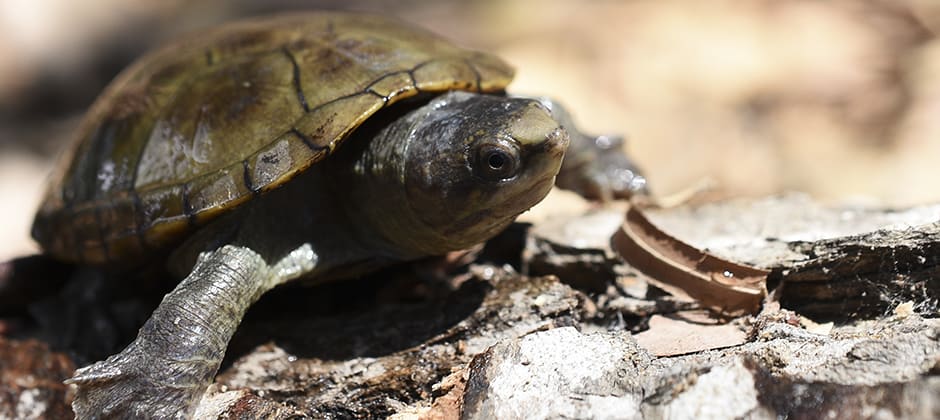Share this article
More reptile species may be at risk of extinction than previously thought
Researchers found that more reptile species may be at risk of extinction than conservationists previously believed.
The team of scientists focused on the Red List of Threatened Species maintained by the International Union for Conservation of Nature to assess the risk of extinction for species around the world. For some species, like the critically endangered Hawksbill turtle (Eretmochelys imbricate), the conservation status is well known. But for many reptiles, data is hard to come by.
“Many species are very small,” said Gabriel Henrique de Oliveira Caetano, a postdoctoral researcher at Ben-Gurion University in Israel and the lead author on the recent paper published in PLOS Biology. “Many are subterranean, so they are very hard to find. There are many species that are known for a single specimen, for a single location, and have never been seen again for decades. People just don’t know a lot about them.”
The conservation status of 40% of the world’s reptile species remains unknown, researchers found, often because of a lack of data. Caetano’s team looked at reptiles as a whole, including 4,369 species that the IUCN was unable to assess. Their findings raised red flags about some species the IUCN doesn’t consider to be at risk. Marcano’s galliwasp (Calestus marcanoi), for example, a small lizard found only in a single valley in the Dominican Republic, is classified as a species of least concern by the IUCN, but Caetano’s team classified it as critically endangered.
Red List assessments are a lot of work, Caetano said. They require voluntary experts to get together, often in person, to review what is known about a species’ risk of extinction based on current conditions, and often, that’s not much.
“It’s a gold standard,” he said. “Their work is very valuable. I don’t think there is anything that can replace it. But there are some inherent limits, mostly because it’s so laborious.”
Using machine learning, Caetano’s team trained their computers to evaluate extinction risk using available distribution statistics and other data. They found that the number of threatened reptile species is much higher than the Red List indicates. Species that were unassessed or lacking data were more likely to be threatened than assessed species. That’s not surprising, Caetano said. If there isn’t much information available for a species, their populations are probably limited, too.
That includes Potamites montanicola, a semiaquatic lizard discovered a decade ago on the slopes of the Andes, and the Vallarta mud turtle (Kinosternon vogti), found only in human-made streams and ponds near Puerto Vallarta, Mexico, and considered one of the most threatened freshwater turtle species in the world. Neither were assessed by the IUCN, but Caetano’s research listed both as critically endangered.
“Our findings show that reptiles of the world are more threatened than we previously thought because those that could not be assessed before are at a higher extinction rate than those that were assessed properly,” he said.
The threatened species weren’t random, he said. They were concentrated in specific regions, particularly the Amazon, Madagascar and the deserts of Australia, where changing land use patterns are putting species at risk. They were also concentrated in certain families, including geckos, skinks and elapids—the snake family that includes cobras and coral snakes.
Since the study didn’t consider climate change, Caetano said, the forecast for some of these species may be even grimmer. In a new round of research, Caetano is looking at how factors like climate change may affect their extinction risk.
He hopes the findings can help guide conservation efforts to prioritize species most in need of attention. “We can prioritize which species we need to evaluate next based on their urgency,” Caetano said.
Header Image: Researchers classified the Vallarta mud turtle, a species found only around Puerto Vallarta, Mexico, as “critically endangered.” The IUCN was unable to provide a classification. Credit: Agencia Informativea Conacyt/UdeG








